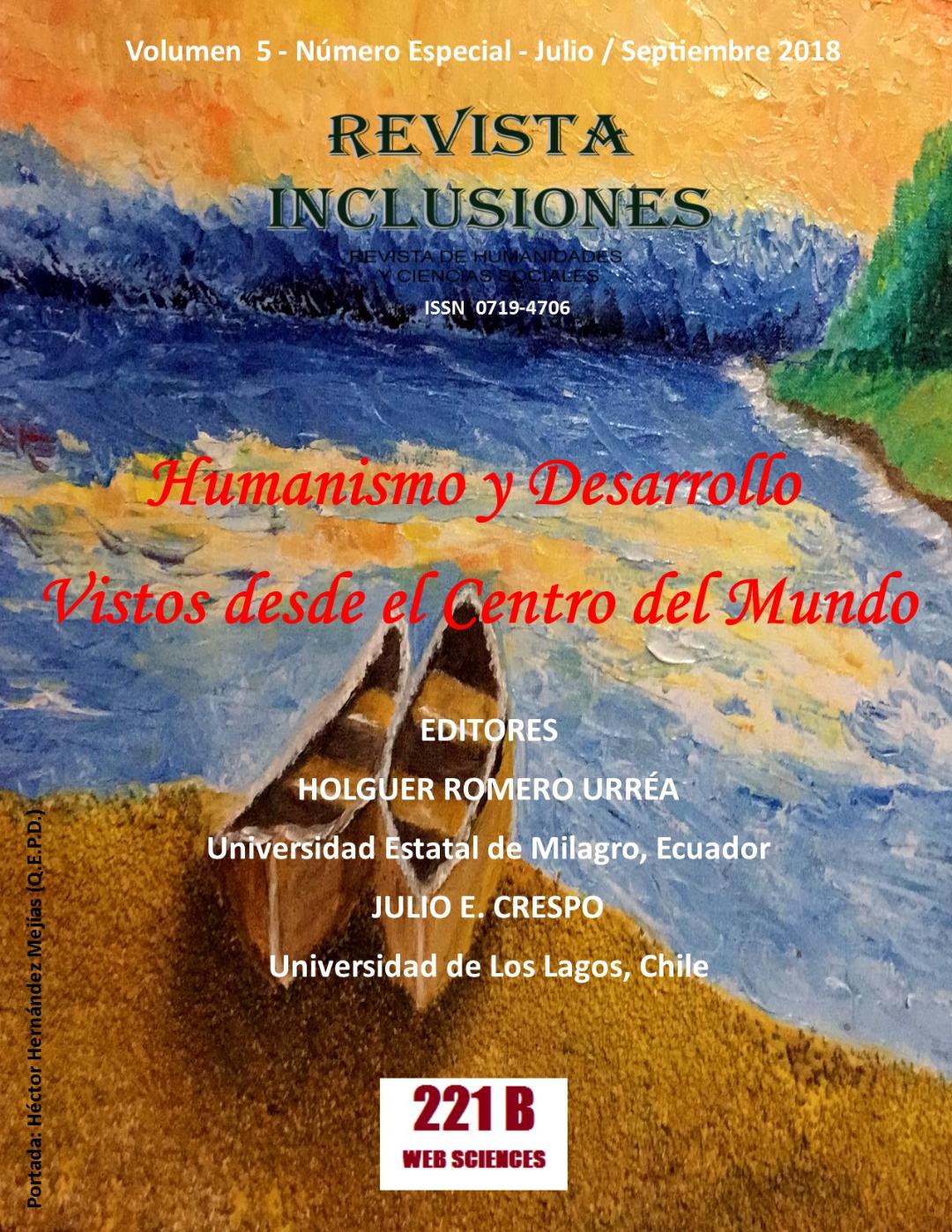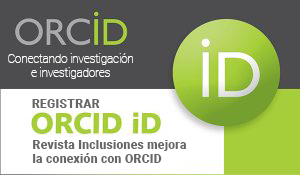BURNOUT SYNDROME IN NURSES IN THE HOSPITAL EMERGENCY AREA
Keywords:
Burnout, Nursing, Emergency, IncidenceAbstract
The professional performance of health personnel is subject to several factors, including the most direct is the stress to which they are subjected in their daily work, especially in the emergency areas of prepaid institutions; As consequences, there is a decrease in the quality of service provided to the patients, difficulty in planning care, lack of cooperation of the patients due to their risk period, increased demands on the part of the relatives. The purpose is to analyze the level of Burnout Syndrome (SB) and its consequences on the work performance of Nursing Staff of the Hospital Emergency Area, Method. A study was a quantitative, non-experimental, crosssectional, descriptive study, which was used as a Maslach Burnout Inventory test instrument, designed to assess the symptomatology of the syndrome, 30% of health center nursing staff investigated presented a Average level of emotional weakness. Result. 50% of the staff who work in a propagated institution have an average level of depersonalization, 60% have a high level of personal fulfillment. Conclusions They presented an average level of emotional weakness, and depersonalization, high level of personal fulfillment, is determined That within the daily tasks present a medium risk level, to acquire degenerative diseases. They also present diseases of emotional type, infectious-contagious, there is no periodic monitoring of their health, they go to the doctor when they are sick, which is why they have absenteeism due to illness.
Published
How to Cite
Issue
Section
Copyright (c) 2018 Mt. Gabriela de Jesús Vásquez Espinoza , Mt. Grecia Elizabeth Encalada Campos , Mg. Freddy Andrés Espinoza Carrasco , Ph. D. Guillermo Fernando León Samaniego , Mg. Verónica Patricia Santos Yanez , Ph. D. Holguer Estuardo Romero-Urréa

This work is licensed under a Creative Commons Attribution-NonCommercial 4.0 International License.
Los autores retienen los derechos de autor y otorgan a Revista Inclusiones el derecho de publicación bajo Creative Commons Attribution 4.0 International (CC BY 4.0). Esto permite el uso, distribución y reproducción en cualquier medio, siempre que se otorgue la debida atribución al autor.











